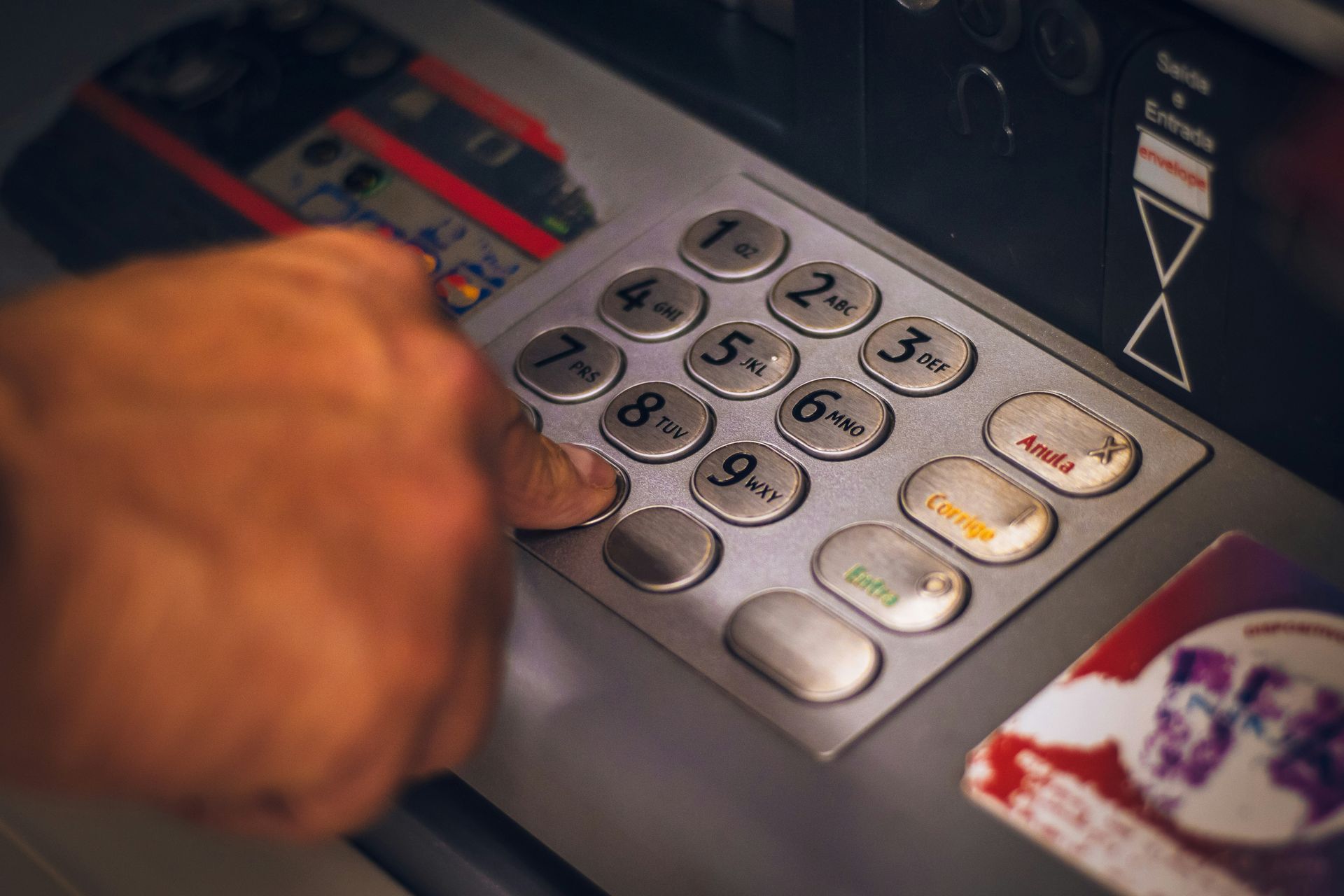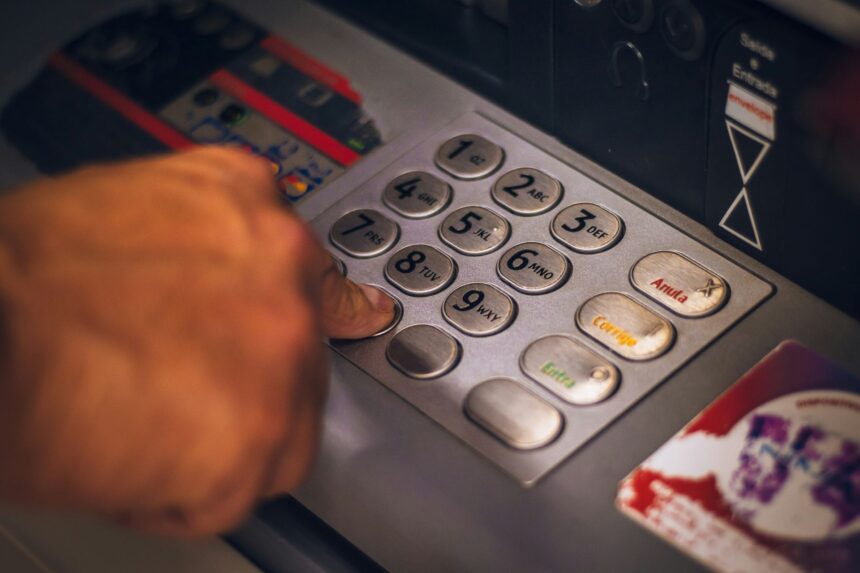
 Leveraging data visualization, banks can significantly enhance their fraud detection capabilities. I spoke with Atmajitsinh Gohil, author of R Data Visualization Cookbook, about the technologies transforming the fight against financial fraud.
Leveraging data visualization, banks can significantly enhance their fraud detection capabilities. I spoke with Atmajitsinh Gohil, author of R Data Visualization Cookbook, about the technologies transforming the fight against financial fraud.
According to the Nilson Report, global credit card losses are projected to reach $43 billion by 2026. Atmajitsinh Gohil, a renowned author of R Data Visualization Cookbook, and one of the top experts in AI enabled tools, believes data visualization techniques are crucial in the fight against fraud.
Atmajitsinh has worked with financial institutions to assess financial data and devise AI enabled tools for anomaly detection. These AI enabled tools identify patterns in the data and detect possible fraudsters. Gohil has developed proprietary data visualization tools to identify financial fraud, safeguard financial data, and detect new and emerging threats.
His R Data Visualization Cookbook delves deep into the R programming language, offering practical knowledge that’s indispensable for everyone, from data analytics students to policymakers.
“Today, banks rely heavily on machine learning models that identify crime by analyzing datasets,” Gohil said. “The proportion of fraud in these datasets is very small, which makes detection challenging.”
He is currently working on machine learning model validation for the world’s largest banks. According to Gohil, criminals use various tactics, such as acquiring hacked customer information from the dark web, leveraging generative AI for phishing personal data, and laundering money through cryptocurrency.
Gohil is highly skilled in leveraging AI to mitigate financial losses, a strategy that has recently gained traction among financial institutions. For example, Mastercard launched a generative AI model to help banks better assess suspicious transactions on its network.
This proprietary algorithm is trained on data from around 125 billion transactions that pass through the company’s card network each year. On average, Mastercard’s technology can improve fraud detection rates by 20%, and in some cases, it has led to improvements of up to 300%.
Financial crime prevention
According to Gohil, financial firms collect vast amounts of data from various transactions, including money transfers and login activities. Identifying fraudulent activities involves comparing an individual’s profile with historical data to detect suspicious patterns.
Gohil’s innovative data visualization techniques play a crucial role in this process. “Visualization comes into play by creating dashboards that can show how many people are logging in, their genders, age groups, and where fraud is occurring,” says Gohil. “This helps in identifying if fraud is concentrated in a particular demographic or region.”
When fraud models aren’t performing well, banks make adjustments and use visualization techniques to compare old and new models.
“You can visualize data to see pre- and post-change performance. This helps in understanding whether the adjustments have reduced false positives or improved detection rates,” Gohil adds.
The main risks for banks
As technology advances, so do the methods employed by criminals. “Fraudsters adapt very quickly. They work aggressively to break the system, especially with AI coming in,” warns Gohil. For example, technology can be used to create fake IDs or other deceptive ways to breach bank systems.
One of the major risks banks face is maintaining customer trust and protecting their data. “Keeping the client happy and ensuring their identity is not leaked are significant concerns,” Gohil notes.
Voice recognition technology, developed by third-party vendors, is one such innovation aiding banks in identifying fraudulent calls. These systems can analyze various inputs, such as phone numbers and geographic locations, to flag suspicious activity.
“Voice recognition can identify whether a call is fraudulent based on different variables in the model,” Gohil explains.
The future of fraud prevention
The threats banks face are continually evolving. Phishing emails, spam, and fake communications from CEOs are just a few of the tactics fraudsters use. Gohil warns that banks must remain vigilant and adopt new technologies to protect themselves and their customers.
Using Gohil’s data visualization techniques, financial firms can adopt AI to create scenarios where they identify potential threats and take precautionary measures. For instance, tagging emails as internal or personal helps banks monitor the flow of information and prevent phishing attacks.
While many banks have effective tools for detecting unusual behaviors that may indicate fraud, these tools are not perfect. This is why Gohil’s data visualization techniques are crucial for identifying fraudulent patterns.
“Advanced technology is essential for distinguishing between legitimate and malicious transactions,” he said. Financial firms can only accurately evaluate the effectiveness of their fraud detection systems by leveraging data.
Featured image credit: Eduardo Soares/Unsplash







